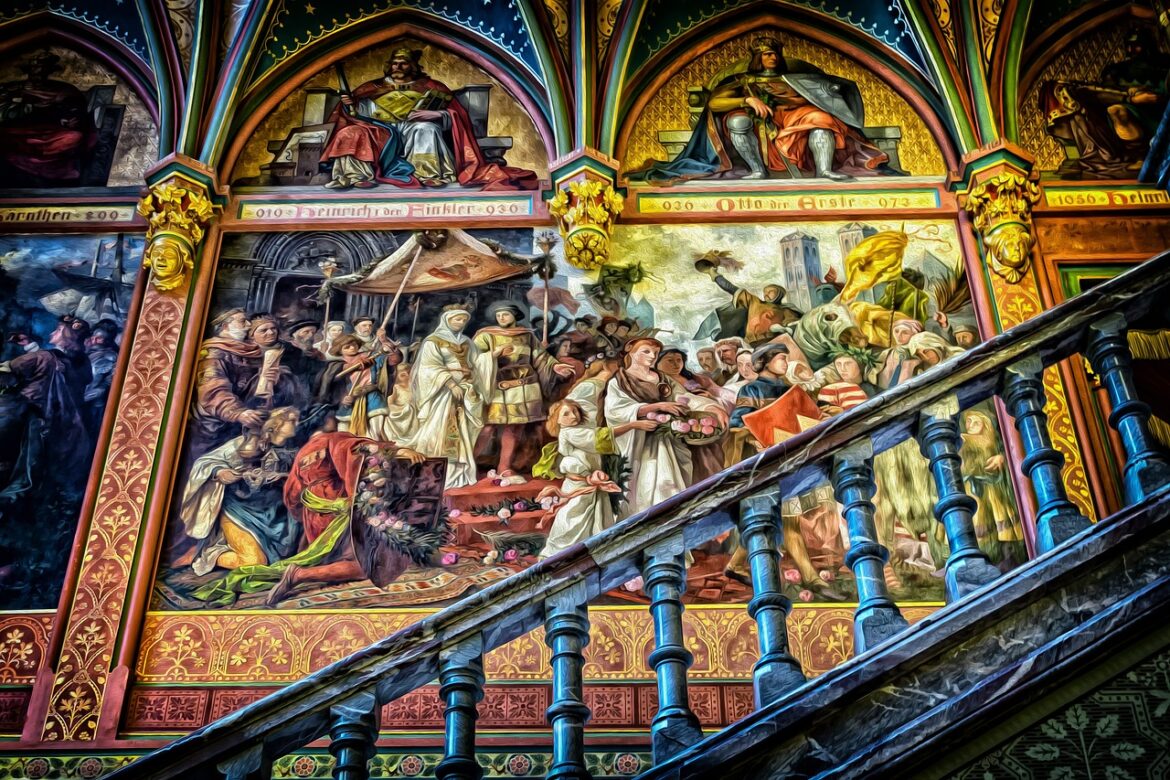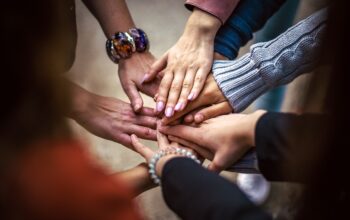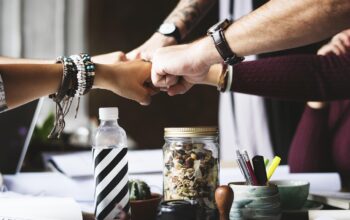Imagine a workplace where the walls tell stories created by the very people inside the office. Collaborative art, once seen as just a recreational activity, is now a vibrant tool used by organizations to boost team cohesion and creativity.
Why Collaborative Art? Think about the last project where your team pulled together to create something unique. Collaborative art projects act like a team’s heartbeat—each person contributes a stroke, a color, a shape, symbolizing their ideas and energies. It’s more than art; it’s a shared expression that fosters connection.
Real-World Examples Shaping Work Culture
-
Team Graffiti Art Sessions: Imagine a team of 20+ employees rolling up their sleeves to create a large-scale graffiti mural. This isn’t just painting walls; it’s about brainstorming and executing bold ideas together, translating diverse perspectives into an eye-catching masterpiece. The process demands communication and trust, and the result is a tangible banner of collaboration.
-
Corporate Mural Workshops in Unique Settings: Picture a team retreat in the Colorado mountains, where groups engage in mural creation amid natural beauty. The calm environment encourages openness and creativity, allowing team members to bond through shared artistic goals. These murals often remain as keepsakes in office spaces, reminding everyone of their unified effort.
-
School and Community Collaborative Art Projects: Elementary schools and community centers are increasingly embracing cooperative arts, where kids and adults alike contribute to large installations. These practices show how collaborative art transcends age and profession, fostering teamwork skills essential in any field.
The Magic Behind the Scenes Experts in team dynamics note that by engaging in collaborative art:
- Communication improves because participants discuss and negotiate ideas continuously.
- Creativity is sparked through exposure to diverse viewpoints.
- Morale lifts as individuals see their contributions valued in a collective piece.
Artists and organizers share that these projects often break down hierarchical walls. When the project isn’t about performance metrics but about expression, everyone’s voice finds space.
Practical Takeaways for Your Team If you’re looking to inject fresh energy into your team’s collaboration, here’s how to start:
- Choose an art form that suits your group: Graffiti, mural painting, mosaic creation, or even recycled art projects can be tailored to your team’s interests.
- Set clear, inclusive goals: Making sure everyone knows the purpose helps maintain focus.
- Encourage openness: Remind participants that there are no wrong ideas—only opportunities.
- Celebrate together: Host a reveal event to showcase the finished art, highlighting everyone’s role.
Engaging With Recycled Art For teams eco-conscious or on a budget, recycled art offers a fantastic option. From turning old materials into sculptures or wearable art, these projects not only emphasize sustainability but also collaboration—transforming what was once discarded into collective beauty.
Conclusion: More Than Just Art Collaborative art embodies the essence of teamwork in a vibrant, memorable way. Whether you’re painting graffiti, crafting eco-friendly sculptures, or joining mural workshops, these activities invite people to fuse creativity with cooperation, ultimately making the workplace more than just a job site but a canvas for shared success.
So next time your team seems stuck, consider handing them paintbrushes instead of spreadsheets—sometimes the best business solutions start with a splash of color.
References:
- https://www.pinterest.com/tconlan/art-group-work/
- https://www.pinterest.com/raisinboys/ccs-collaborative-art/
- https://loveteambuilding.com/st_activity/team-graffiti-art-corporate-workshop/
- https://www.instagram.com/reel/DLAlzkmMv5u/
- https://www.classpop.com/magazine/recycled-art
- https://uu.diva-portal.org/smash/get/diva2:1972131/FULLTEXT01.pdf
- https://www.wooloo.org
- https://pressbooks.library.torontomu.ca/h5pbook/chapter/iframes/



